Safety Mechanism
The safety mechanism will incorporate both preventive and responsive measures, recognizing the need for comprehensive support.
Measures

Preventive and responsive
The safety mechanism will be structured around both preventive and responsive measures. The preventive measures will build awareness and develop instruments that can better educate journalists, media managers, and other stakeholders.
Legal aid
The safety mechanism will develop a system for providing legal aid to journalists. The basis will be on an already existing network of lawyers, who will be offered special training in working on media-related issues and therefor better equipped to support journalists with need of legal aid.
Trauma counseling
Journalists who have been exposed to traumatizing incidents and/or continuous stress and risky situations might need psycho-social support, including trauma counseling. This can help them process their trauma and regain stability and well-being in their life. Currently, there are few experiences with this kind of psycho-social support in Somalia and the safety program will explore in what ways such support can be established.
Advocacy
The safety mechanism drives advocacy campaigns designed for the improvement of the situations of the freedom of expression as well as press freedom.
Alerts

Based on information coming in from the monitoring unit of media freedom incidents, the safety unit is mandated to produce alerts and public statements on particular cases or trends and observations related to the safety of journalists. These alerts and statements can have a double purpose of both supporting and raising awareness on an incident, which might contribute to the solution of this, as well as an advocacy tool for changes in the way authorities or other duty bearers address the risks facing the journalists.
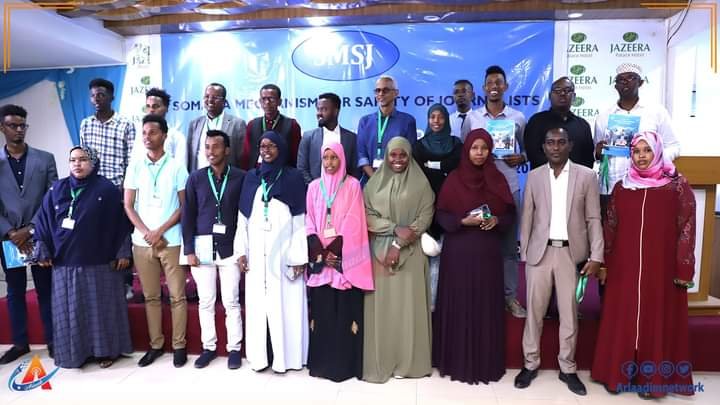
Proactive Measures
The initiative will focus on educating journalists, media managers, and stakeholders about the risks they face. Workshops and training sessions will be organized to equip participants with knowledge and skills to navigate dangers effectively
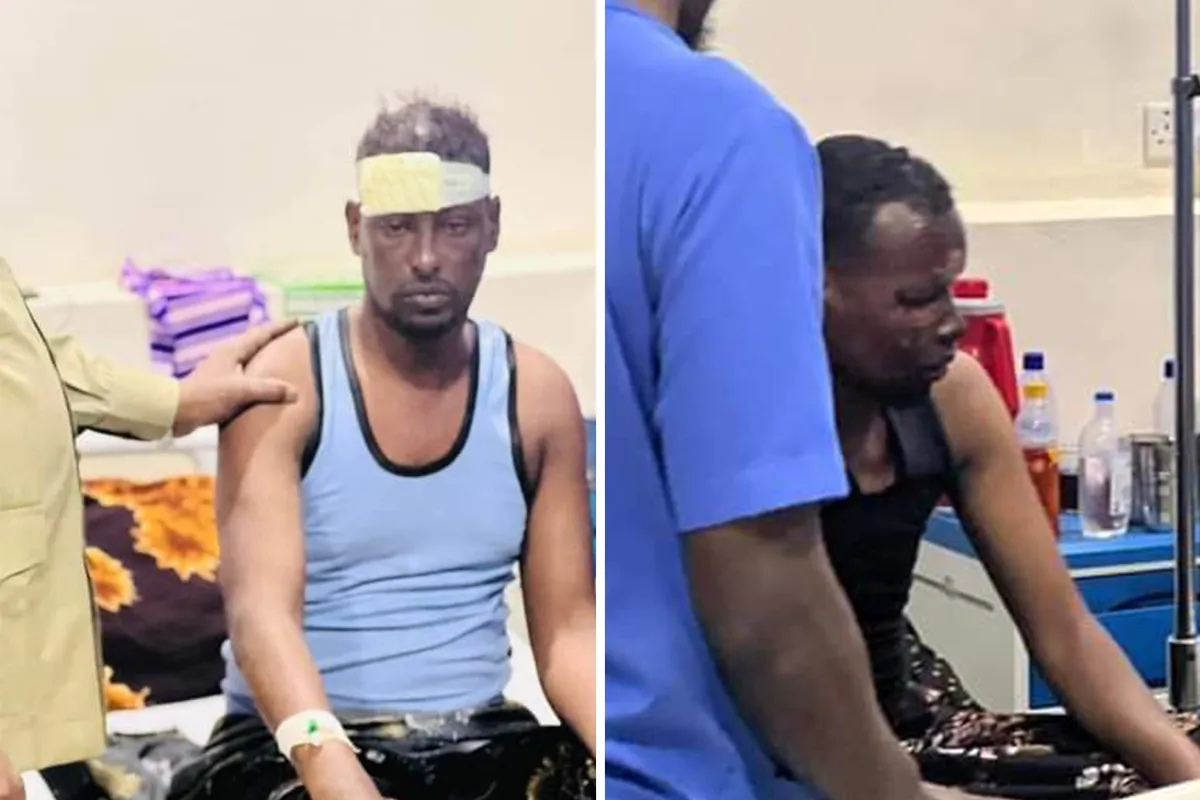
Responsive Measures
For journalists under threat, immediate support systems will be established to ensure timely and effective assistance
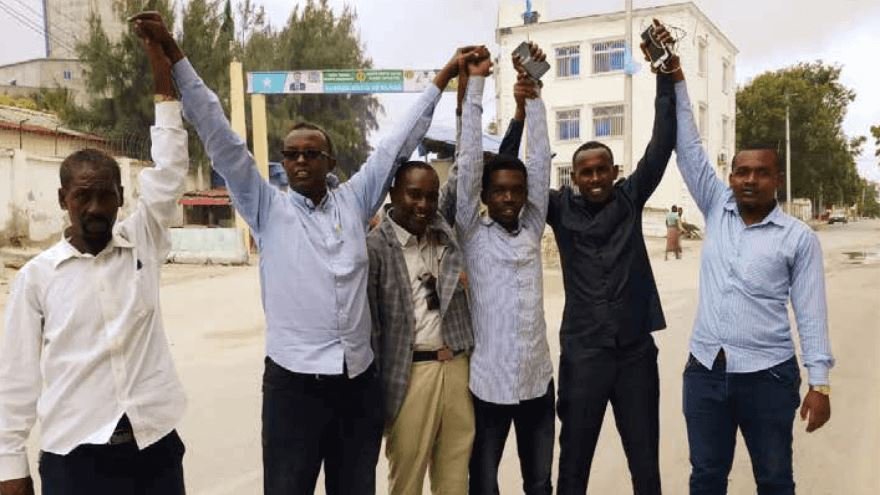
Legal Support
A crucial element of this safety mechanism is the establishment of a dedicated legal aid system. By leveraging an existing network of lawyers, the program will provide specialized training in media law, ensuring journalists have access to the legal support necessary to defend their rights and navigate challenges.
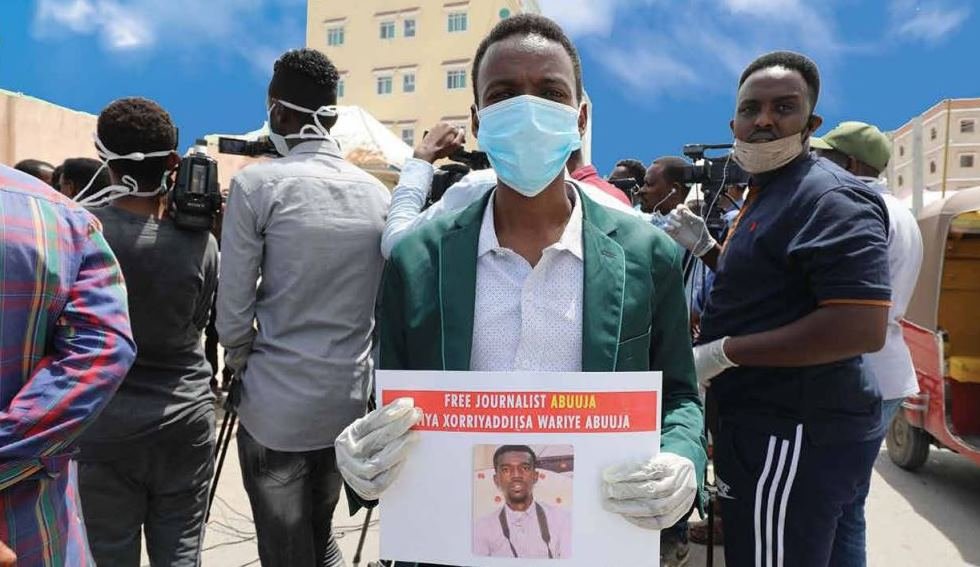
Psychological Support
Recognizing the psychological toll journalism can take, especially in conflict zones, the safety mechanism will offer robust psycho-social support, including trauma counseling services. This initiative will help journalists process their experiences and rebuild their well-being, addressing a significant gap in available support within Somalia.
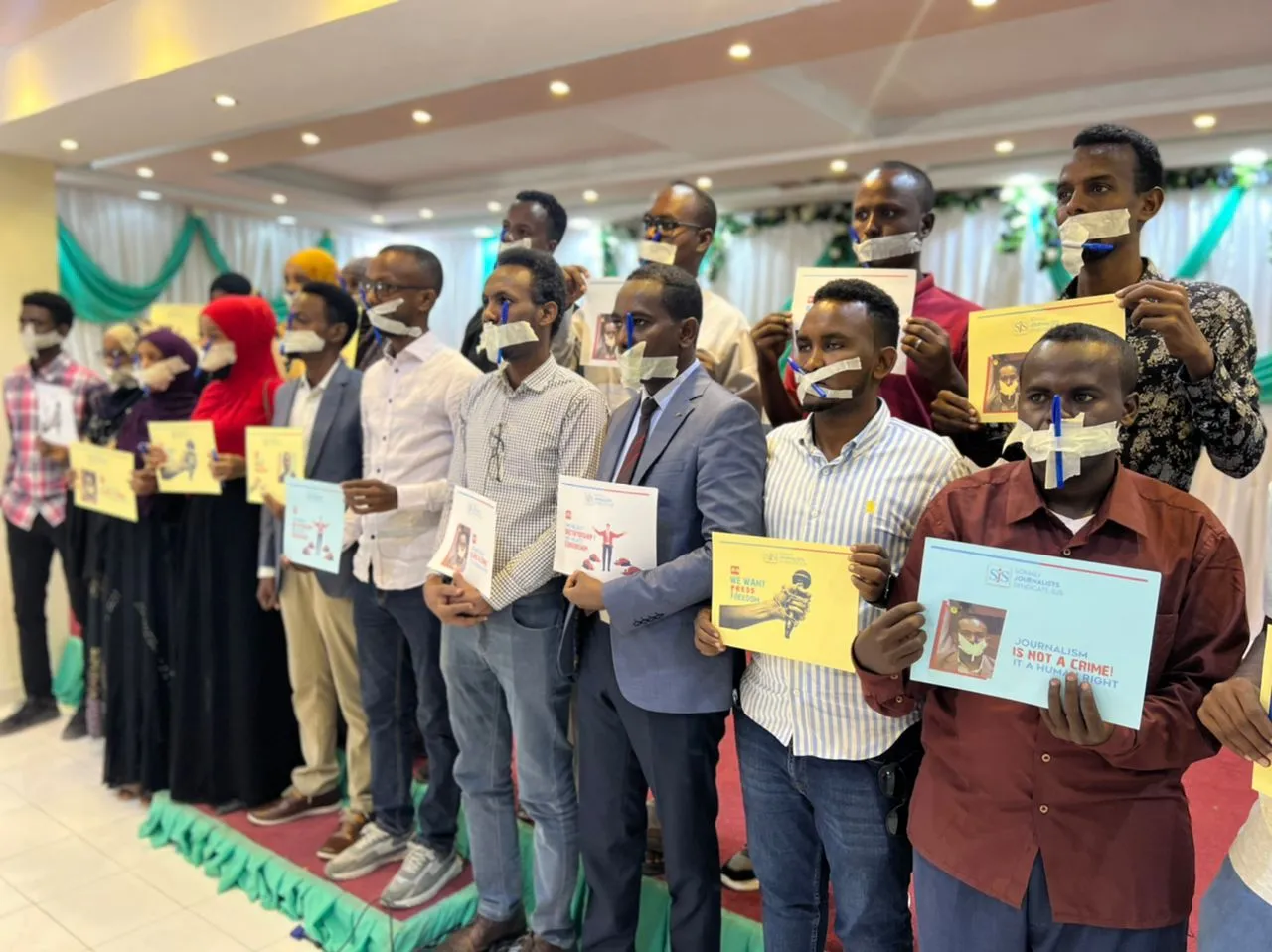
Advocacy
Beyond direct support, this initiative will drive advocacy campaigns aimed at advancing freedom of expression and protecting press rights. By creating public awareness and pushing for policy changes, the safety mechanism will bolster journalists’ rights and improve the overall media landscape in Somalia.
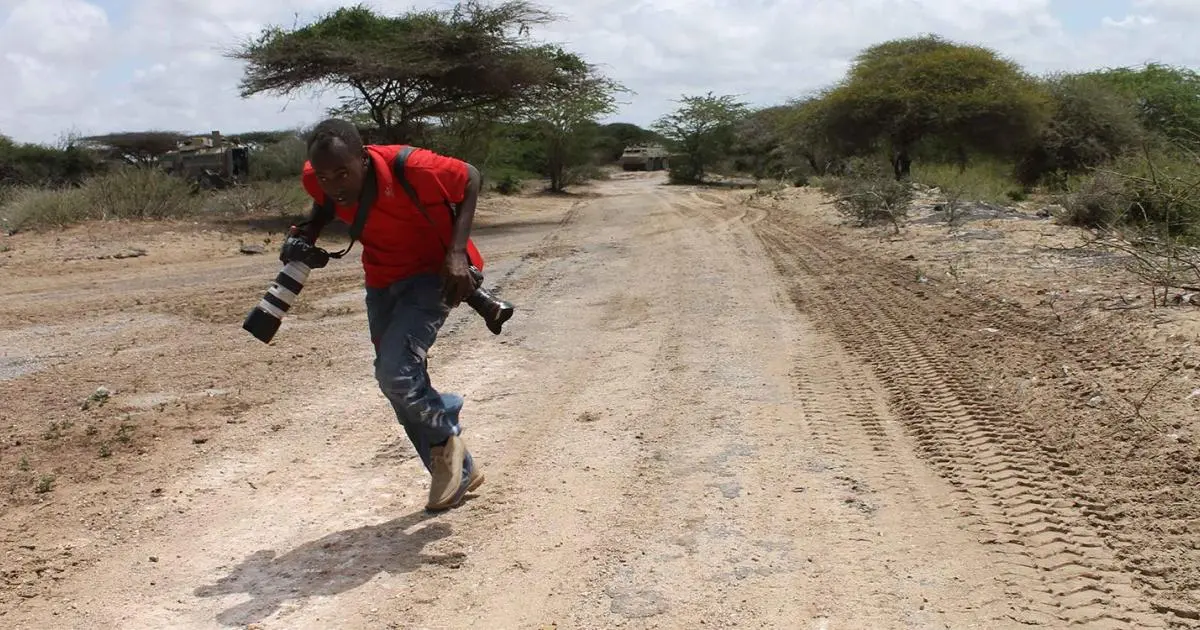
Alert System
One of the key features of the safety mechanism will be an alert system that monitors incidents impacting media freedom. By utilizing a network of monitors, the safety unit will compile and disseminate alerts and public statements regarding safety issues affecting journalists. This system will not only support those in distress but also foster greater awareness and drive advocacy efforts for change.
Strategic approach
The comprehensive safety mechanism is established and organised on the following strategic approach:
- Focus on high risk zones in South-Central Somalia and Puntland
The safety mechanism will give special attention to the zones, which currently are of most dangerous places for journalists. According to the risk assessment done during the preparation, six towns in Somalia were recognized as the high-risk areas. The towns that are recognized as the high-risk zones include: Mogadishu, Baidoa, Kismayo, Beledweyn, Galkayo and Bosaso.
While these high-risk zones will be at the centre of the safety mechanism focus, journalists at risk from other parts of Somalia will also be considered to get assistance from the safety mechanism.
- Focus on high risk – with gender perspective
The safety mechanism will be gender-sensitive and give attention to the risks the women journalists are confronted with, including rape.
The safety mechanism will give special attention to the journalists who are at highest risks. This include journalists working at the high-risk zones, journalists who are working as freelancers, and journalists who are exposed to risks due to the topics they cover (example: corruption or elections fraud).
Preventive & responsive measures
The safety mechanism will work on a two-pronged approach.
First, it will seek to help journalists prevent putting themselves at risk. This will happen through the building of risk awareness and strengthening of safety measures combined with ongoing risk assessment and monitoring.
Secondly, it will set up a system that can respond with support to journalists who are in danger.
- Managed jointly by the Somali media community with international support
Due to the fact, that safety of journalists is a concern across the media sector and since the problem is of a magnitude that require a major effort, the Somali media community, through the organisations that represent them, have decided to come together and work jointly on this matter.
So that, the Somali media associations need support by the international community in their efforts, including support from the media support programme managed by International Media Support (IMS) and Fojo Media Institute.
- Cooperate with state actors
While the safety mechanism will be managed by the media associations, a cooperation with the government institutions and the state authority will be pursued.
